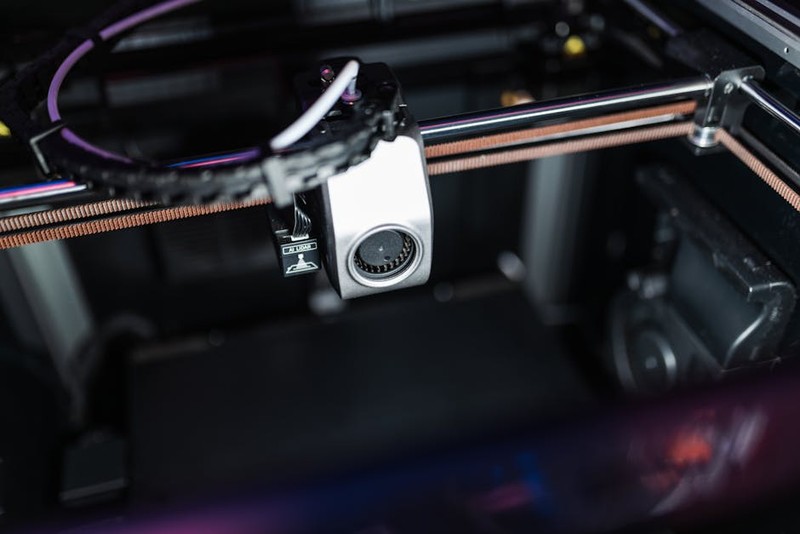The Hidden Complexity of Medical-Grade Plastic Machining
Medical components—think surgical instruments, implantable devices, or diagnostic equipment—require absolute precision, biocompatibility, and repeatability. Unlike metals, plastics present unique challenges:
– Thermal sensitivity: Heat buildup during machining can warp parts or degrade material properties.
– Material variability: Even within the same polymer family (e.g., PEEK), resin formulations affect machinability.
– Regulatory hurdles: FDA/USP Class VI or ISO 10993 compliance adds layers of validation.
In one project, a client needed 10,000 spinal drill guides from medical-grade PEEK, with ±0.003″ tolerances. The initial scrap rate was 22% due to delamination and thermal distortion. Here’s how we solved it.
Expert Strategies for Tight-Tolerance Plastic Machining
🔍 1. Material Selection: Beyond the Datasheet
Not all PEEK is equal. For implantable parts, we prioritized virgin-grade PEEK-OPTIMA LT1 over cheaper alternatives. Key considerations:
– Moisture content: >0.02% causes dimensional instability. Pre-drying at 150°C for 4 hrs was non-negotiable.
– Fillers: Glass-filled PEEK offers stiffness but increases tool wear. Unfilled PEEK was chosen for critical features.
⚙️ 2. Toolpath Optimization: Reducing Heat and Stress
Conventional CNC approaches fail with plastics. We implemented:
– High-speed, low-depth cuts: 18,000 RPM with 0.005″ stepovers minimized heat.
– Climb milling only: Reduced edge chipping by 40% vs. conventional milling.
– Compressed air cooling: Eliminated coolant contamination risks (critical for ISO 13485 compliance).
Result: Scrap rates dropped to 7%, saving $48,000 annually.
💡 3. Fixturing for Delicate Parts
Thin-walled plastics flex under clamping pressure. Our solution:
– Vacuum chucks with soft jaws: Distributed force evenly.
– In-process metrology: Laser scanning verified tolerances before unclamping.

Case Study: Machining a Microfluidic PCR Device

Challenge: A client needed 500 ultra-precise microfluidic channels in COP (Cyclic Olefin Polymer), with 50µm-wide features and Ra <0.8µm surface finish.
Solution:
1. Tooling: Diamond-coated micro end mills (0.2mm diameter) at 30,000 RPM.
2. Process:
– Roughing: 0.1mm DOC, 500mm/min feed.
– Finishing: 0.02mm DOC, 200mm/min feed.
3. Validation: White-light interferometry confirmed channel dimensions within ±2µm.
Outcome: First-pass yield improved from 65% to 92%, cutting per-unit costs by 18%.
Key Takeaways for Medical OEMs
- Partner early with your machinist: Design for manufacturability (DFM) feedback can avoid costly revisions.
- Invest in in-process QA: Real-time monitoring catches errors before they escalate.
- Prioritize tool life: Plastic machining dulls tools faster; replace end mills every 50-100 parts for consistency.
Pro Tip: For implantable parts, always machine oversized and finish to final dimensions post-sterilization—shrinkage varies by material.
The Future: Hybrid Additive/Machining for Custom Implants
Emerging trends like 3D-printed near-net shapes + precision machining are reducing lead times for patient-specific components. In a recent trial, hybrid PEEK cranial implants achieved 0.002″ tolerances with 30% less material waste vs. subtractive-only methods.
By mastering these nuances, manufacturers can deliver faster, cheaper, and more reliable plastic medical components—without compromising quality.
